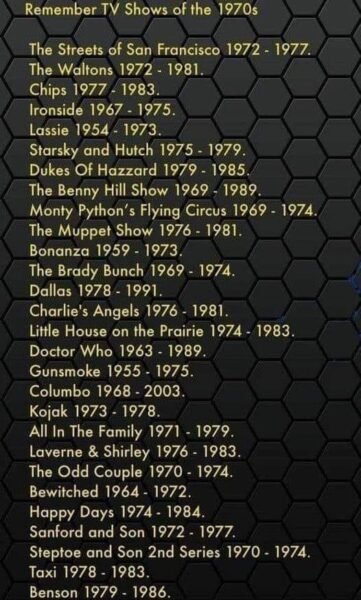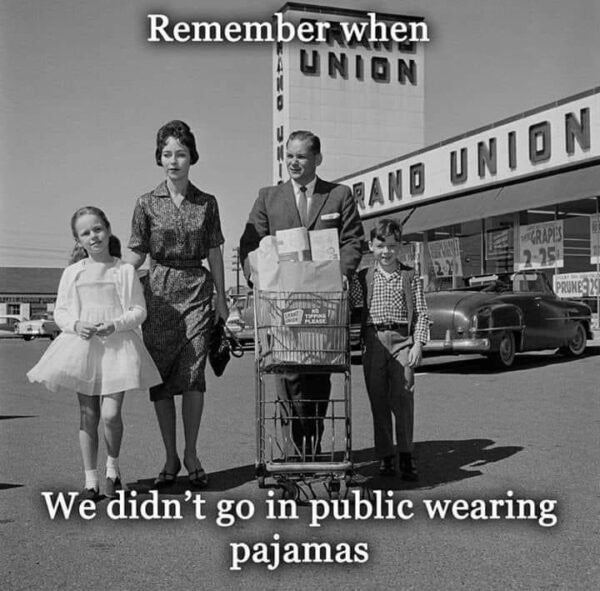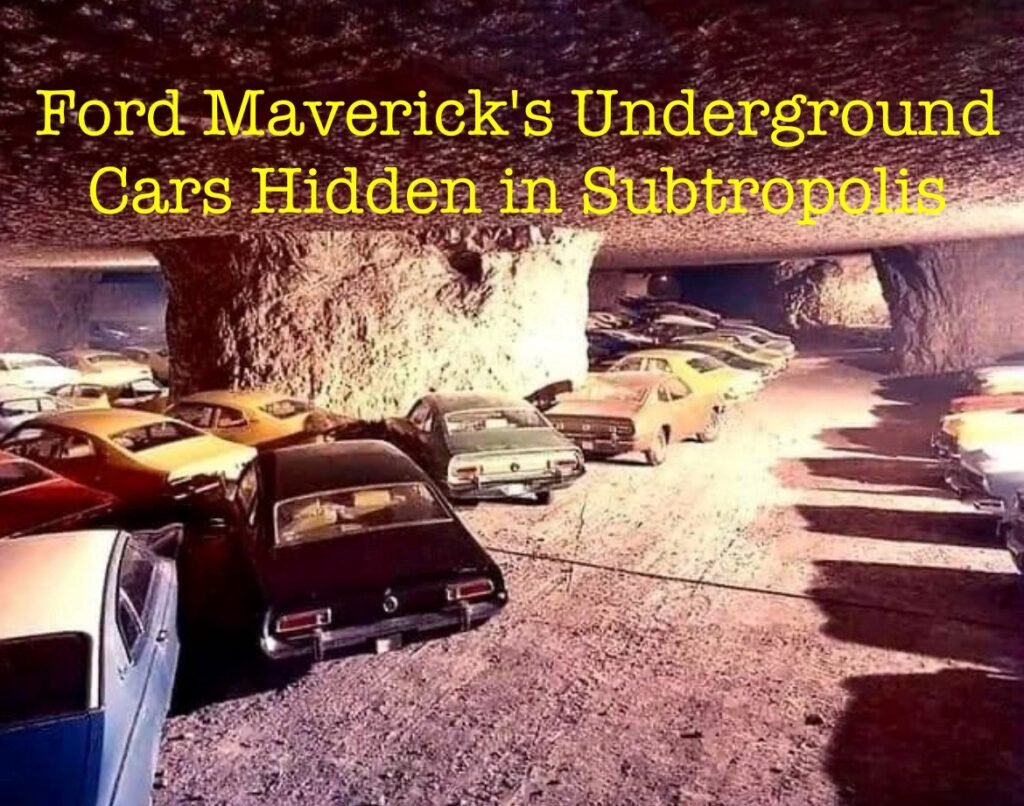
The Ford Maverick – A Snapshot of 1970s American Automotive History
When Ford introduced the Maverick in the early 1970s, the company had high hopes for its compact car. Designed to be affordable, efficient, and easy to maintain, the Maverick was Ford’s answer to the rising demand for smaller vehicles during a time of economic uncertainty and increasing fuel costs. But like many plans in the automotive world, things didn’t go exactly as expected.
The Ford Maverick was meant to capture the hearts of budget-conscious drivers looking for a reliable vehicle that didn’t break the bank. It was marketed as a practical alternative to the larger gas-guzzlers that dominated American roads. Despite these ambitions, the Maverick didn’t sell as quickly as Ford had hoped. Instead of flying off the lot, the cars started to pile up in inventory. This surplus of unsold Mavericks presented a challenge that required a creative solution—one that would eventually become a legendary chapter in Ford Maverick history.
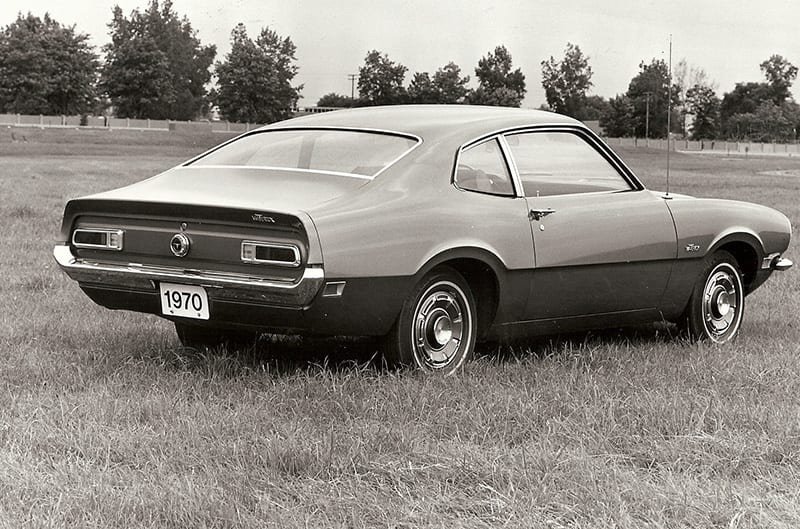
The Birth of the Ford Maverick
The Ford Maverick was launched in April 1969 as a 1970 model, positioned as a replacement for the aging Falcon. It was designed to be simple, inexpensive, and economical to operate, reflecting the changing attitudes of American consumers. At a time when the muscle car craze was in full swing, the Maverick was a departure from the norm, aiming to meet the needs of a different kind of buyer.
Ford offered the Maverick with a straight-six engine, and it was available as a two-door sedan, with a four-door version following in 1971. It was a straightforward car, with few frills, which helped keep the price down. Ford’s marketing strategy focused on the Maverick’s affordability, touting it as a car that could be serviced cheaply and run for miles without major issues.
Despite these advantages, the Maverick faced stiff competition from both domestic and foreign automakers. While it did reasonably well in sales, it didn’t quite reach the blockbuster numbers Ford had hoped for. The oil crisis of 1973 also shifted consumer preferences, further complicating the Maverick’s success story.
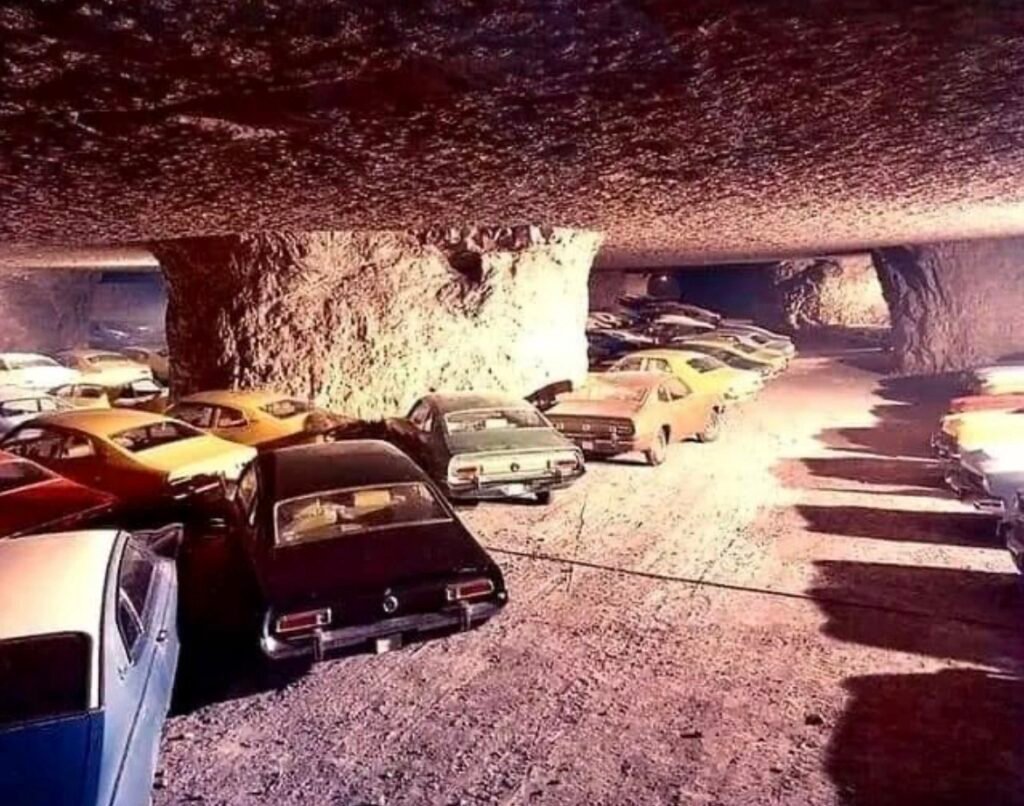
Challenges Faced by the Maverick: The Roadblock to Success
As the 1970s progressed, Ford found itself with an overstock of Mavericks. The car’s initial appeal had started to wane, and the market was becoming increasingly saturated with small, economical vehicles. Ford needed a solution to deal with the growing number of unsold Mavericks, and they needed it fast.
One of the main challenges was that the Maverick, while practical, lacked the excitement and innovation that consumers were beginning to crave. The car was reliable, but it wasn’t flashy or particularly fun to drive. This, combined with the economic pressures of the time, led to slower-than-expected sales.
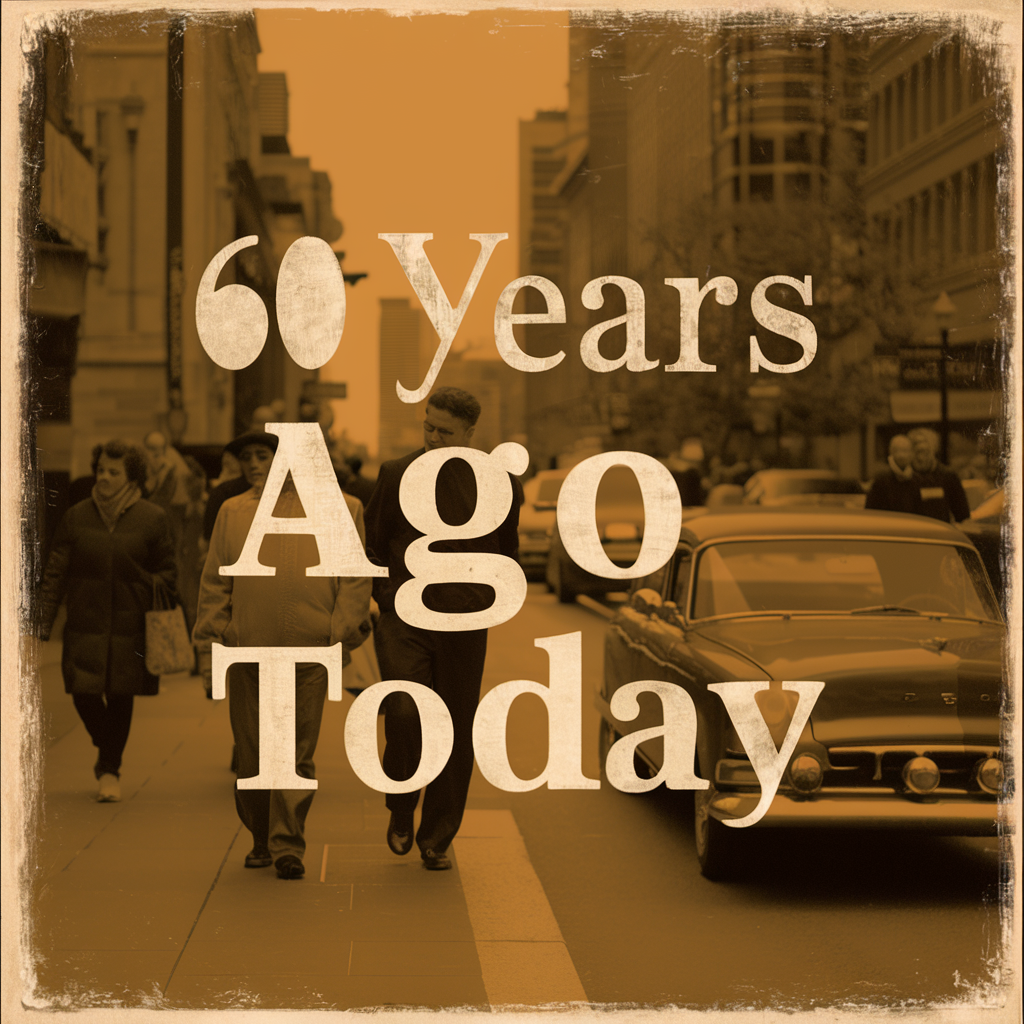
Instead of discounting the cars heavily or scrapping them, Ford came up with a different plan—one that involved storing these unsold Mavericks in a location few would have ever guessed. This decision not only solved Ford’s immediate problem but also created a legend in the automotive world, a story that would continue to intrigue car enthusiasts for decades.
This unusual storage solution paralleled other unexpected twists in history, such as Kansas City’s oldest traffic light that still operates today, as detailed in Shining Through Time: Kansas City’s Oldest Traffic Light Still in Action. Both stories serve as reminders that history often holds surprises in the most unexpected places.

The Subtropolis Solution – Storing the Unsold Mavericks
To address the problem of surplus Mavericks, Ford turned to an unlikely storage facility: Subtropolis, an underground complex in Kansas City, Missouri. This man-made labyrinth of limestone caves, covering over 55 million square feet, was the perfect solution for storing thousands of unsold cars. The naturally climate-controlled environment of Subtropolis, with temperatures consistently between 60 and 70 degrees Fahrenheit, provided an ideal space for long-term storage.
Ford leased about 25 acres of this underground space, where rows upon rows of Mavericks were carefully stored, waiting for the day they could be sold. The image of thousands of cars hidden away in a subterranean cave is almost surreal, a scene straight out of a science fiction novel. Yet, it was very much real, and it became a fascinating footnote in Ford Maverick history.
This decision not only preserved the cars but also kept them in pristine condition until they could find buyers. It’s a testament to Ford’s resourcefulness and a reflection of how the company navigated the challenges of the 1970s automotive market. This unique solution bears similarities to other historical preservation efforts, such as New York’s Filling Stations in the 1920s, where innovative thinking played a critical role in maintaining operations during tough times.

The Legacy of the Ford Maverick in Subtropolis
The story of the Ford Maverick and its time in Subtropolis has since become a legendary tale in the world of car enthusiasts. It’s a piece of automotive history that adds an intriguing layer to the Maverick’s legacy. While the Maverick itself may not have become the icon Ford initially hoped for, the story of its underground storage has ensured that the car is remembered in a way few others are.
For years, these Mavericks sat in the cool, dark caves of Subtropolis, shielded from the elements, as Ford slowly sold off the surplus. The story of the Subtropolis Mavericks has fascinated car collectors, historians, and enthusiasts alike, making it a unique chapter in American automotive lore.
Just as the Maverick’s story adds depth to Ford’s history, other preservation efforts, like those in the Simplicity of the Horse and Buggy Era, continue to capture the imagination of those who appreciate the rich tapestry of history. These stories remind us that even the most unassuming cars or inventions can leave a lasting impression.
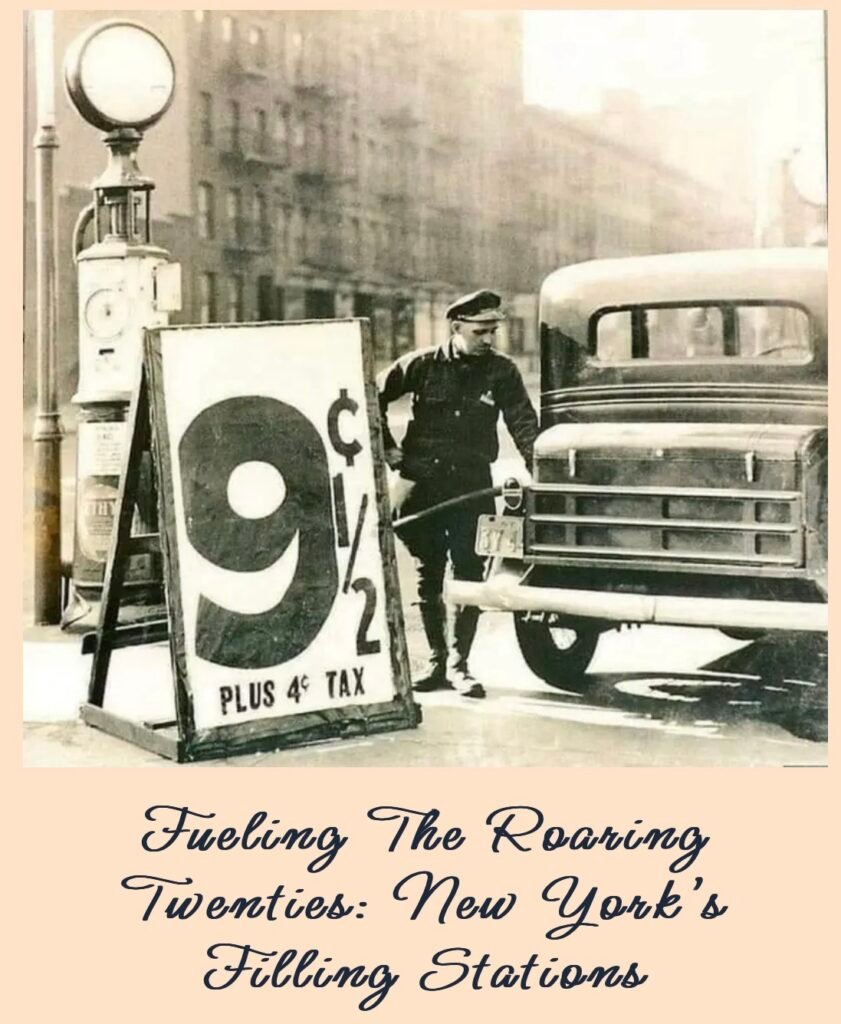
Ford Maverick – A Unique Chapter in Automotive History
The Ford Maverick’s journey from the showroom floor to the underground caves of Subtropolis is a tale of innovation, adaptation, and survival. It’s a story that highlights how challenges can lead to creative solutions and how even the most practical cars can become legends in their own right.
Today, the Ford Maverick is remembered not just for what it was—a simple, affordable car—but for the unique circumstances that led to its place in automotive history. This chapter in Ford Maverick history serves as a reminder of the many fascinating and sometimes quirky stories that make up the broader narrative of the American automotive industry.
As we look back on the Maverick’s story, it’s clear that history is full of surprises, and the legacy of this compact car will continue to intrigue those who appreciate the unexpected twists that come with time. For those interested in exploring more quirky tales from automotive history, the story of The Birger Gang and Bootleggers offers another fascinating glimpse into the past.
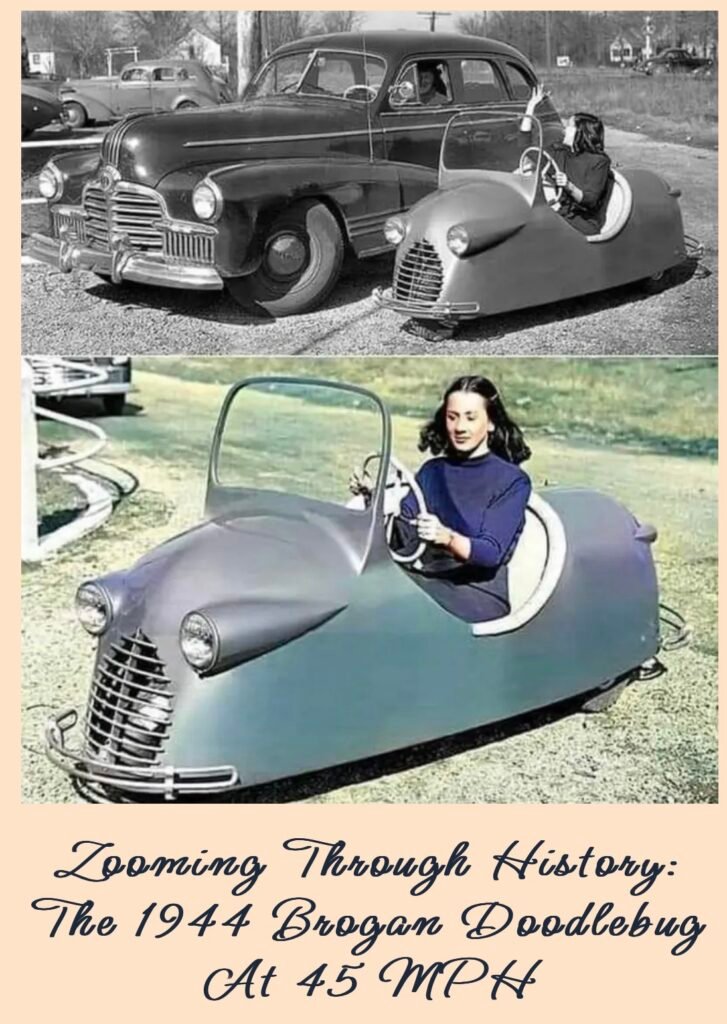
Ford Maverick History: FAQs
What was the Ford Maverick, and why was it important?
The Ford Maverick was a compact car introduced by Ford in 1969, designed to be an affordable and efficient alternative during a time when smaller, economical vehicles were gaining popularity. Its role in the market, along with its unique storage history, makes it an intriguing part of automotive history.
Why did Ford store unsold Mavericks in Subtropolis?
Ford faced a surplus of unsold Mavericks due to slower-than-expected sales. To preserve these cars and avoid significant financial losses, Ford stored them in Subtropolis, a massive underground limestone cave complex in Kansas City, Missouri. The climate-controlled environment of the caves was ideal for long-term storage.
How many Ford Mavericks were stored in Subtropolis?
While exact numbers aren’t publicly documented, thousands of Mavericks were stored across approximately 25 acres of the Subtropolis complex, creating a fascinating underground automotive storage solution.
What is Subtropolis, and why was it chosen for storing cars?
Subtropolis is a man-made underground complex of limestone caves covering over 55 million square feet. It was chosen for storing the Mavericks because of its consistent year-round temperatures (60-70 degrees Fahrenheit), which provided an ideal, climate-controlled environment to keep the cars in good condition.
Are any of the Mavericks still stored in Subtropolis today?
No, the Mavericks were eventually sold over the years, and none remain in Subtropolis. However, the story of their time underground has become a legendary piece of Ford Maverick history.
Why is the Ford Maverick’s storage in Subtropolis considered legendary?
The idea of storing thousands of unsold cars in an underground cave is so unusual that it has captured the imagination of car enthusiasts and historians alike. This unique solution has turned what could have been a forgotten chapter in automotive history into a fascinating story that continues to intrigue people today.
How does the Ford Maverick compare to other compact cars of its time?
The Ford Maverick was designed to compete with other small, economical cars of the 1970s. While it wasn’t as successful as Ford had hoped, it was a reliable, affordable option for many drivers. Its unique history, particularly the Subtropolis story, gives it a distinct place in automotive lore.
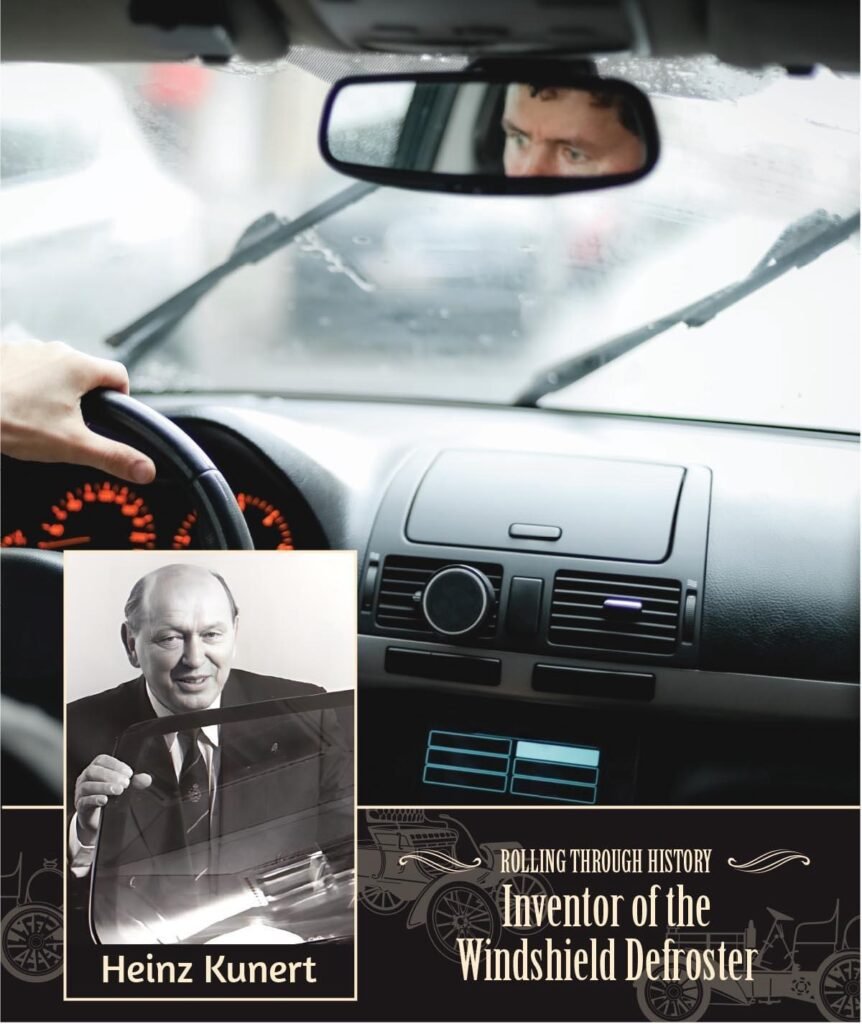
As an Amazon Associate we earn from qualifying purchases through some links in our articles.


